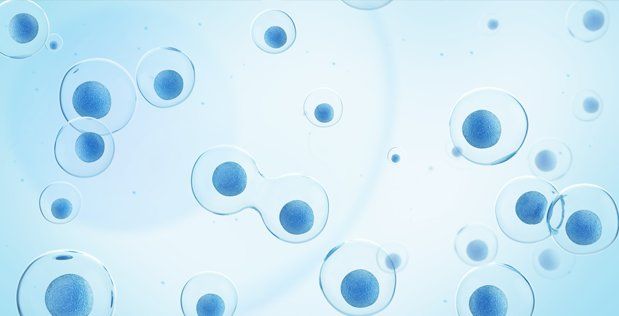More on DARPA’s Quantum Biosystem program “RadioBio”
During Phase 1, performers will be asked to theoretically model and simulate hypothesized electromagnetic signaling pathways and then experimentally test those theoretical predictions.
In Phase 2, the goal would be to independently develop test beds to replicate, confirm, and demonstrate the pathways modeled in Phase 1 and reveal design principles potentially relevant to biological or other applications aka can we enable human to human communication without a device.
ARLINGTON, Va. Defense Advanced Research Projects Agency (DARPA) officials launched a new program that seeks to establish if purposeful electromagnetic wave signaling between biological cells exists — and if evidence supports that it does — to determine what information is being transferred.
The RadioBio program is a research effort and even if it proves that electromagnetic signal occur between cells applications are years away, officials say. The validity of existing and new electromagnetic biosignaling claims requires an understanding of how the structure and function of microscopic, natural antennas are capable of generating and receiving information in a noisy spectral environment.
“There are many complex interactions within and between cells, so determining if electromagnetic waves, which could be low or high frequencies, somehow play a role in transmitting and receiving meaningful signals through what might be an ion-rich, aqueous solution is a significant challenge,” says Mike Fiddy, DARPA program manager. “If we can prove that purposeful signaling is happening, the next step would be to discover how the process works. This insight could eventually lead to a broad range of technologies important in biology as well as new small antenna designs, and other innovative concepts for communication systems in ever increasing cluttered electromagnetic environments.”










Comments are closed.